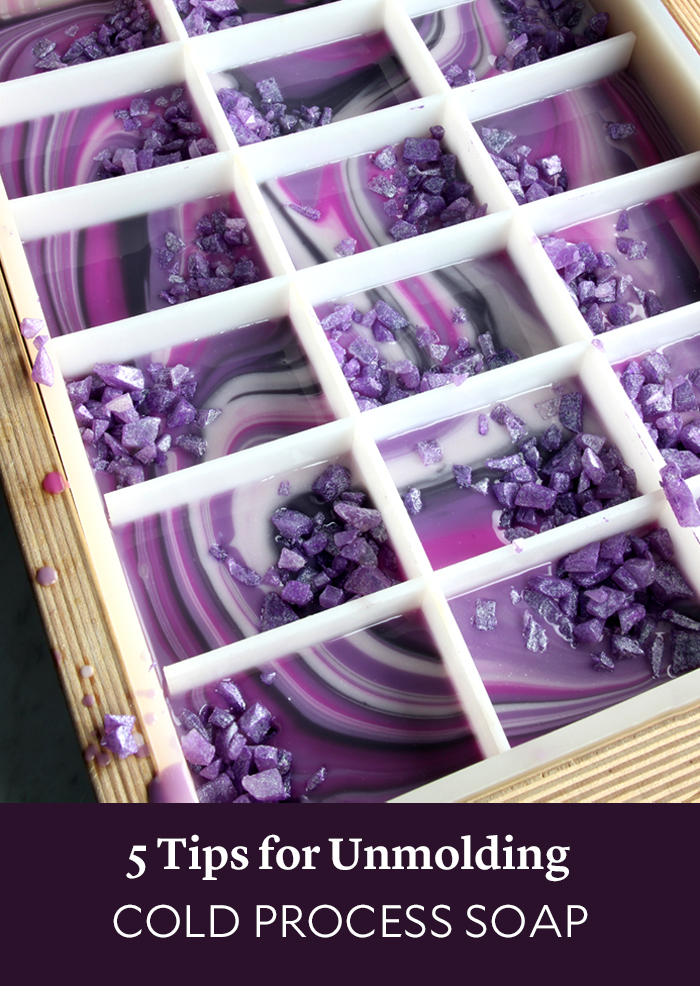
Waiting is one of the hardest parts of soapmaking. Cutting it into bars and seeing the design for the first time is such an amazing feeling. However, cutting too early can lead to dents and drag marks.
Patience is best when it comes to unmolding soap. But if you want to speed the process up a few days, we’ve got you covered.
Choosing the right mold
Wood molds tend to be the fastest option. That’s because they have good airflow and they insulate soap well, which causes it to heat up. Higher temperatures can help you unmold your batch more quickly.
Silicone molds are another good option – they’re sturdy, flexible, and easy to use. They don’t have as much airflow as wood, so unmolding can take longer. You can speed the process up with single cavity silicone molds.
Plastic molds take the longest. You can unmold the bars cleanly with a few tricks, but if you’re in a hurry we recommend wood or silicone. Learn more about choosing molds in this blog.
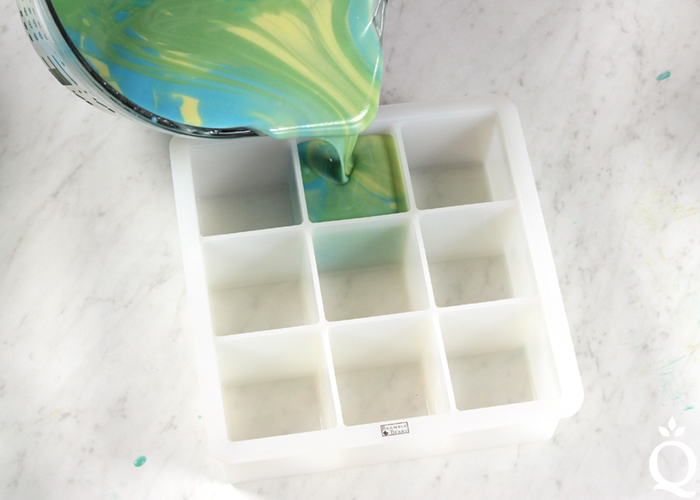
Formulating a hard recipe
When it comes to unmolding, hard oils are your friend. Oils like coconut and palm are solid at room temperature and help firm the recipe. Learn more about common oils and how to work with them here.
A good place to start is around 70% hard oils. That creates a firm bar that unmolds quickly. The rest of the recipe can be moisturizing options like olive and sweet almond oil. Learn more about formulating cold process recipes in this post.
We unmolded the Pink Salt and Gold Soap after just a few days. It has 71% hard oils, as well as soft oils like rice bran that feel silky on the skin.
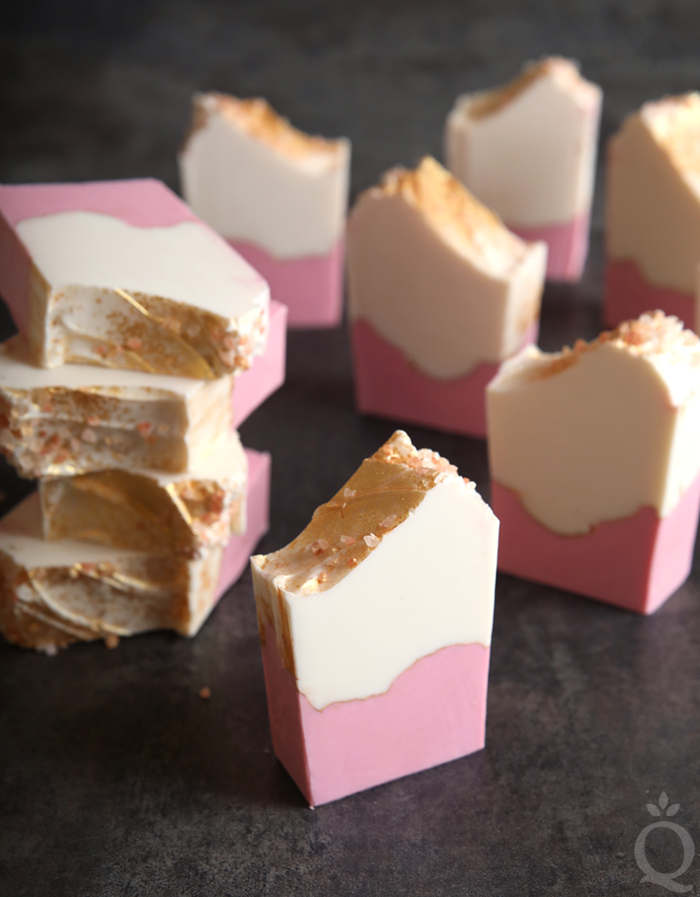
Another option is decreasing the superfat level. We typically use around 5%, but you can drop that to 2-4%. The less free-floating oil in the recipe, the faster it will unmold.
Using a water discount
This technique is simple – adding less water to your recipe means it won’t take as long to evaporate. The soap will unmold and cure more quickly. Water discounts also help prevent soda ash and glycerin rivers.
We usually discount around 5-10%. Higher amounts can accelerate trace and make the soap a bit trickier to work with. Learn how to get started in this post.
Using sodium lactate
You’ve probably heard us mention sodium lactate a time or two. It’s a liquid salt that helps harden cold process soap. Simply adding 1 teaspoon per pound of oils to your cooled lye water helps the soap release 1-2 days earlier.

Sodium lactate can also be used in hot process soap to make it smooth and in lotion to draw moisture to the skin. We definitely recommend having it on hand.
Using higher temperatures and forcing gel phase
Gel phase is a part of the saponification process where the batch gets hot and gelatinous. It doesn’t affect the quality of the bars, but it does help the colors pop. Gel phase also helps the soap harden more quickly.
To force gel phase, we recommend having your lye and oils around 120-130°F. Then, cover the mold with a piece of cardboard and a blanket. You can also place it on a heating pad. Learn more about how to insulate soap here.
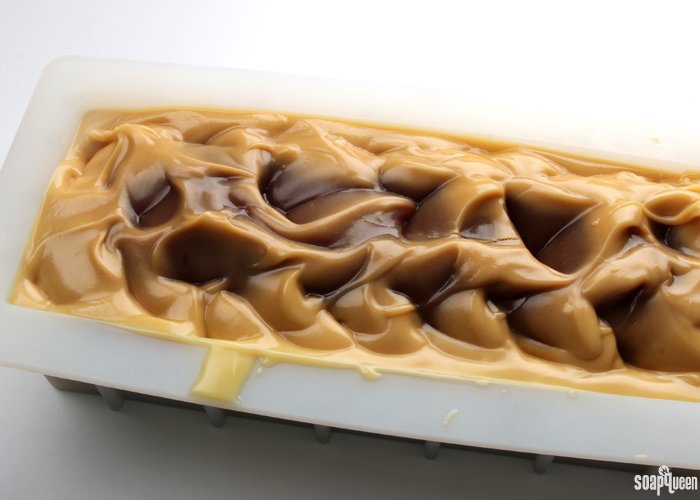
How to unmold soap
You can typically unmold soap in 2-3 days using the tips above. Once it’s firm to the touch, gently pull on one side of the mold or liner. If it releases without sticking, pull on the other sides of the mold to release the airlock. Flip the mold over and gently push the soap out.
If you still end up with drag marks, don’t worry – it happens to the best of us. We have tools that can help. The Soap Shaver removes dents, drag marks, and soda ash. If the bars are dented on the corner, try the Soap Beveller. It removes imperfections and gives the soap a polished look.
If the dents are pretty deep, you can shred or cut the soap up and use it in a variety of ways. It may not be what you originally planned, but it will still feel amazing on the skin.
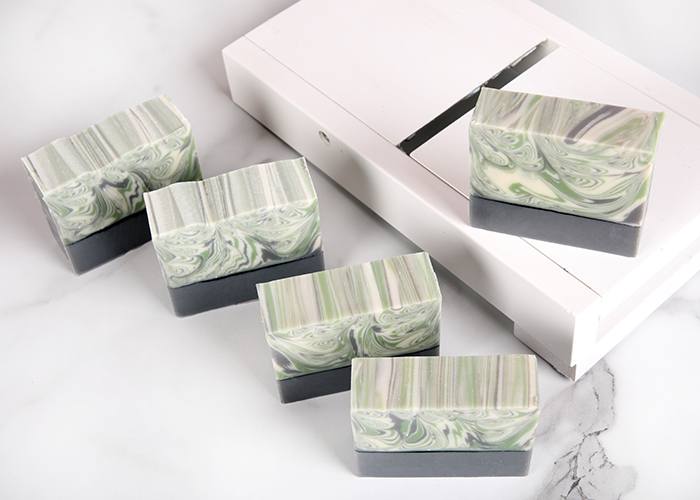

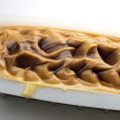
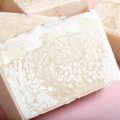

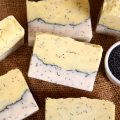
How can I avoid appearance of soda ash in my soap.customers are complaining it stains everywhere. Thank yoi
We normally steam our soda ash off. If you don’t have a steamer you can use a gentle abrasive to scrub it off, like an old pair of pantyhose.
Find out more about removing soda ash in this post: https://www.soapqueen.com/bath-and-body-tutorials/tips-and-tricks/explaining-and-preventing-soda-ash/
How can I avoid appearance of soda ash in my soap.customers are complaining it stains everywhere. Thank you
How can I avoid appearance of soda ash .Thank you
Soda ash shouldn’t stain, it is a white film over the soap that comes off once you use it once. You might be using too much colorant that could be causing staining issues. For more information about soda ash I would read this article. https://www.soapqueen.com/bath-and-body-tutorials/tips-and-tricks/explaining-and-preventing-soda-ash/
Hello,
Has anyone ever heard of a ‘clash’ between palmarosa essential oil and sodium lactate? I had the greatest trouble unmolding from plastic mold (after 3 weeks !), soap turned out all soft and marbled.
Thank you !
alex
I have not heard of a reaction happening like that. The soap can sometimes take longer to harden with certain mold, especially depending on your amount of liquid oils, even with the use of Sodium Lactate. The soap should continue to harden more outside of the mold with the added airflow.
Plz how do I get the mold
You can find all of the molds we offer on our website here: https://www.brambleberry.com/shop-by-product/molds
I’ve had your 18-bar wooden mold for 4 years now with the plastic dividers. I’ve used the same recipe all these years and never had a problem until the last 3-4 batches. Now my soap is sticking to the silicone dividers, and I’ve even let it sit an extra day. Same recipe, same favorite FO’s. Do the plastic dividers eventually lose some of their “non stickyness”??
Maybe eventually because of the high pH of the soap you are putting in it. Have you tried greasing the dividers before putting them into the soap batter?
Patty, maybe your previous batches gelled and these last few didn’t? That would make a world of difference. If you reduce your water and ensure gel next time, you shouldn’t have a problem. 🙂
This may be a daft question but in the last picture there in the 10″ loaf mold, the soap is coming out over the top – as it does in most recipes. So how do you put cardboard and a towel over this?
I like to use a shoe box with a lid, with a piece of quilt batting in the bottom. Works great and is the perfect fit for the 10″ mold. I’ve also tried using an empty Swiffer container with the lid. It works well too but builds up condensation.
We will normally bend the cardboard into a tent like shape so it protects the top of the soap from the towel.
Does Saran Wrap work in place of cardboard?
I’m not sure how you would tent saran wrap to keep it from affecting the tops of your soap like you can with cardboard.
I put a cardboard box upside down over the mold first. Just make sure it’s deep enough.
Whenever I have problems its always with my corners (in my loaf molds). Not much to do but wait it out until its ready to release 🙂 I’ve tried freezing it but don’t really have luck with that either.
That is tricky. Using Sodium Lactate in your cold process recipes can help.
https://www.brambleberry.com/Sodium-Lactate-P5127.aspx
You can also try first rubbing the inside of your mold down, paying special attention to the corners, with a non-saponifying oil like Cyclomethicone.
https://www.brambleberry.com/Cyclomethicone-P4560.aspx
How can i get that mold so i can do samples
It’s available on her website at Bramble Berry. 🙂
I think you mean our 9 Cube Soap Silicone Mold:
https://www.brambleberry.com/9-Cube-Soap-Silicone-Mold-P5229.aspx